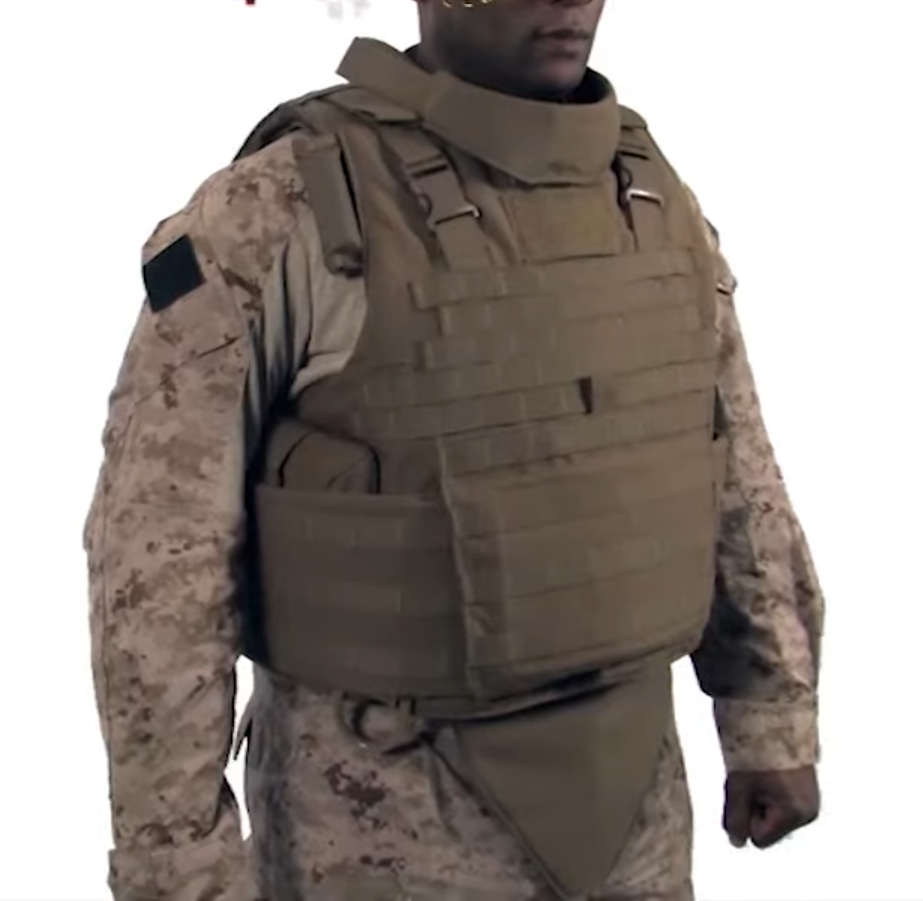|
Vervelles
Vervelles are small metal rivets used in Medieval armour to attach an aventail to a helmet A helmet is a form of protective gear worn to protect the head. More specifically, a helmet complements the skull in protecting the human brain. Ceremonial or symbolic helmets (e.g., a policeman's helmet in the United Kingdom) without protecti .... The rivet would extend out from the surface of the helmet and that extension contained a hole. A leather cord or metal wire would be strung through the vervelles in order to secure the strip of leather or metal (to which the maille aventail was attached) to the helmet. Gallery Bibliography * {{medieval-armour-stub Medieval armour Western plate armour ... [...More Info...] [...Related Items...] OR: [Wikipedia] [Google] [Baidu] |
Rivet
A rivet is a permanent mechanical fastener. Before being installed, a rivet consists of a smooth cylinder (geometry), cylindrical shaft with a head on one end. The end opposite the head is called the ''tail''. On installation, the deformed end is called the ''shop head'' or buck-tail. Because there is effectively a head on each end of an installed rivet, it can support Tension (physics), tension loads. However, it is much more capable of supporting Shear force, shear loads (loads perpendicular to the axis of the shaft). Fastenings used in traditional wooden boat building, such as copper nails and clinch bolts, work on the same principle as the rivet but were in use long before the term ''rivet'' was introduced and, where they are remembered, are usually classified among nails and bolts respectively. History Solid rivets are one of the oldest and most reliable types of fasteners, having been found in archeology, archaeological findings dating back to the Bronze Age. Rivet ... [...More Info...] [...Related Items...] OR: [Wikipedia] [Google] [Baidu] |
Aventail
An aventail () or camail () is a flexible curtain of mail (armour), mail attached to the skull of a helmet that extends to cover at least the neck, but often also the throat and shoulders. Part or all of the face, with spaces to allow vision, could also be covered. Some featured a ventail (a mail flap next to the mouth), which could be laced or hooked up to cover the lower face, or left loose for easier breathing or speech. European history Early and High Middle Ages Aventails of chain mail started appearing on Northern European helmets as early as the 6th century, as seen on several Vendel Era helmets, most notably the Valsgärde, Valsgärde 8 helmet (580–630 AD) from Uppsala, Sweden, but also the well preserved Coppergate Helmet (ca. 750–800 AD) from York, England. These early appearances varried greatly in configuration, the Valsgärde 8 helmet featuring an aventail which enclosed the entire lower face, throat and neck, versus the Coppergate Helmet, which combines hangi ... [...More Info...] [...Related Items...] OR: [Wikipedia] [Google] [Baidu] |
Helmet
A helmet is a form of protective gear worn to protect the head. More specifically, a helmet complements the skull in protecting the human brain. Ceremonial or symbolic helmets (e.g., a policeman's helmet in the United Kingdom) without protective function are sometimes worn. Soldiers wear combat helmets, often made from Kevlar or other lightweight synthetic fibers. The word ''helmet'' is derived from ''helm'', an Old English word for a protective head covering. Helmets are used for most sports (e.g., jockeys, American football, ice hockey, cricket, baseball, skiing, hurling and rock climbing); dangerous work activities such as construction, mining, riot police, military aviation, and in transportation (e.g. motorcycle helmets and bicycle helmets). Since the 1990s, most helmets are made from resin or plastic, which may be reinforced with fibers such as aramids. Designs Some British gamekeepers during the 18th and 19th centuries wore helmets made of straw bound together wi ... [...More Info...] [...Related Items...] OR: [Wikipedia] [Google] [Baidu] |
Medieval Armour
Body armour, personal armour (also spelled ''armor''), armoured suit (''armored'') or coat of armour, among others, is armour for a person's body: protective clothing or close-fitting hands-free shields designed to absorb or deflect physical attacks. Historically used to protect military personnel, today it is also used by various types of police (riot police in particular), private security guards, or bodyguards, and occasionally ordinary citizens. Today there are two main types: regular non-plated body armor for moderate to substantial protection, and hard-plate reinforced body armor for maximum protection, such as used by combatants. History Many factors have affected the development of personal armor throughout human history. Significant factors in the development of armor include the economic and technological necessities of armor production. For instance full plate armor first appeared in medieval Europe when water-powered trip hammers made the formation of plates fa ... [...More Info...] [...Related Items...] OR: [Wikipedia] [Google] [Baidu] |



